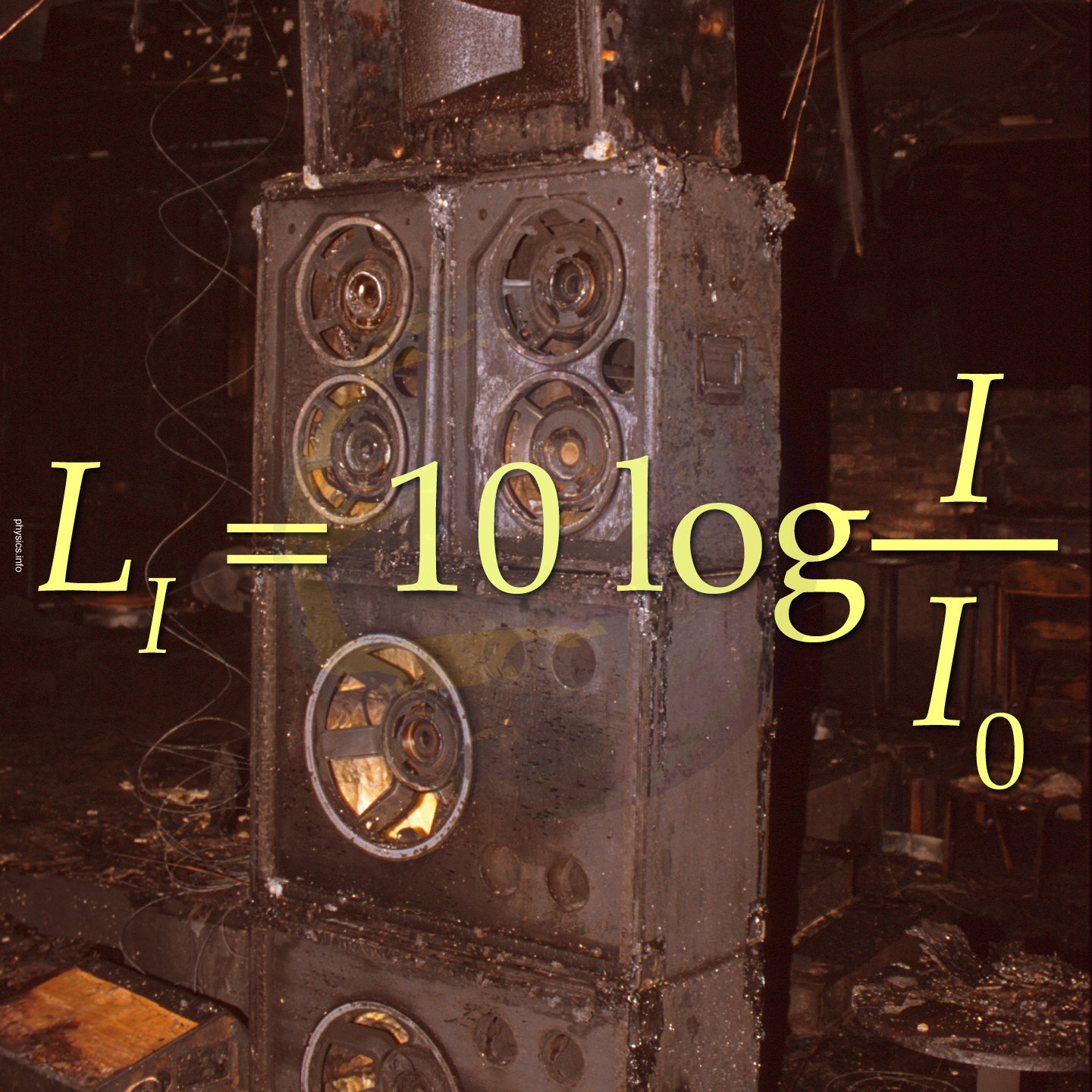- Joined
- Feb 20, 2016
- Messages
- 116
- Reaction score
- 175
- Points
- 4,776
- Pre-Medical
EDIT: Yikes. Confused sound waves with light waves. Leaving it all here anyways incase people wanna read about the intensity of sound waves, haha.
EDIT 2: If some sound/light wave expert sees this, mind explaining why this formula does not apply to electromagnetic radiation, even though it propagates as a transverse wave? And perhaps also how to conceptualize intensity related to electromagnetic radiation, maybe just beyond listing equations (E=hf and I=P/A)
The intensity of the radiation emitted by the oxygen sensor is directly proportional to the:
This is a Physics question that falls under the content category “How light and sound interact with matter.” The answer to this question is D because the energy of electromagnetic radiation is directly proportional to the number of photons, and the intensity of electromagnetic radiation is defined as energy emitted per unit time. Thus, intensity is directly proportional to the number of photons emitted. It is a Knowledge of Scientific Concepts and Principles question because you are asked to identify a relationship between closely related concepts.
For this question, I recalled the following formula:
I = 2π²ρA²f²v
Derivation/relation of variables to intensity found here:

 physics.info
physics.info
I was able to immediately eliminate B/C.
Relevant passage text was: "Experiments in which oxygen parameters were controlled showed that oxygen, if present in the retina, affects both the time it takes the sensor to emit the photons and the intensity of the emitted radiation."
Ultimately, I selected A because directly proportional means that one variable is a constant multiplier of the other, and I~v, whereas I~f² and I understood f to represent frequency of emitted photons. I understand that f/rate of photons is set solely by the source, whereas v is affected by medium. Is this the distinction - was I supposed to consider only the oxygen sensor as a determinant of intensity? Further, if density were an option choice, would that have been reasonable or not?
Worried I may have a fundamental content misunderstanding. Can anyone clear this up?
EDIT 2: If some sound/light wave expert sees this, mind explaining why this formula does not apply to electromagnetic radiation, even though it propagates as a transverse wave? And perhaps also how to conceptualize intensity related to electromagnetic radiation, maybe just beyond listing equations (E=hf and I=P/A)
The intensity of the radiation emitted by the oxygen sensor is directly proportional to the:
- A. propagation speed of the radiation.
- B. wavelength of the radiation.
- C. polarization of photons emitted.
- D. number of photons emitted.
This is a Physics question that falls under the content category “How light and sound interact with matter.” The answer to this question is D because the energy of electromagnetic radiation is directly proportional to the number of photons, and the intensity of electromagnetic radiation is defined as energy emitted per unit time. Thus, intensity is directly proportional to the number of photons emitted. It is a Knowledge of Scientific Concepts and Principles question because you are asked to identify a relationship between closely related concepts.
For this question, I recalled the following formula:
I = 2π²ρA²f²v
Derivation/relation of variables to intensity found here:

Intensity – The Physics Hypertextbook
Sound waves can be described by 3 related quantities. Amplitude measures to maximal change. Intensity is power per area. Loudness is the perceptual response.
I was able to immediately eliminate B/C.
Relevant passage text was: "Experiments in which oxygen parameters were controlled showed that oxygen, if present in the retina, affects both the time it takes the sensor to emit the photons and the intensity of the emitted radiation."
Ultimately, I selected A because directly proportional means that one variable is a constant multiplier of the other, and I~v, whereas I~f² and I understood f to represent frequency of emitted photons. I understand that f/rate of photons is set solely by the source, whereas v is affected by medium. Is this the distinction - was I supposed to consider only the oxygen sensor as a determinant of intensity? Further, if density were an option choice, would that have been reasonable or not?
Worried I may have a fundamental content misunderstanding. Can anyone clear this up?
Last edited:
